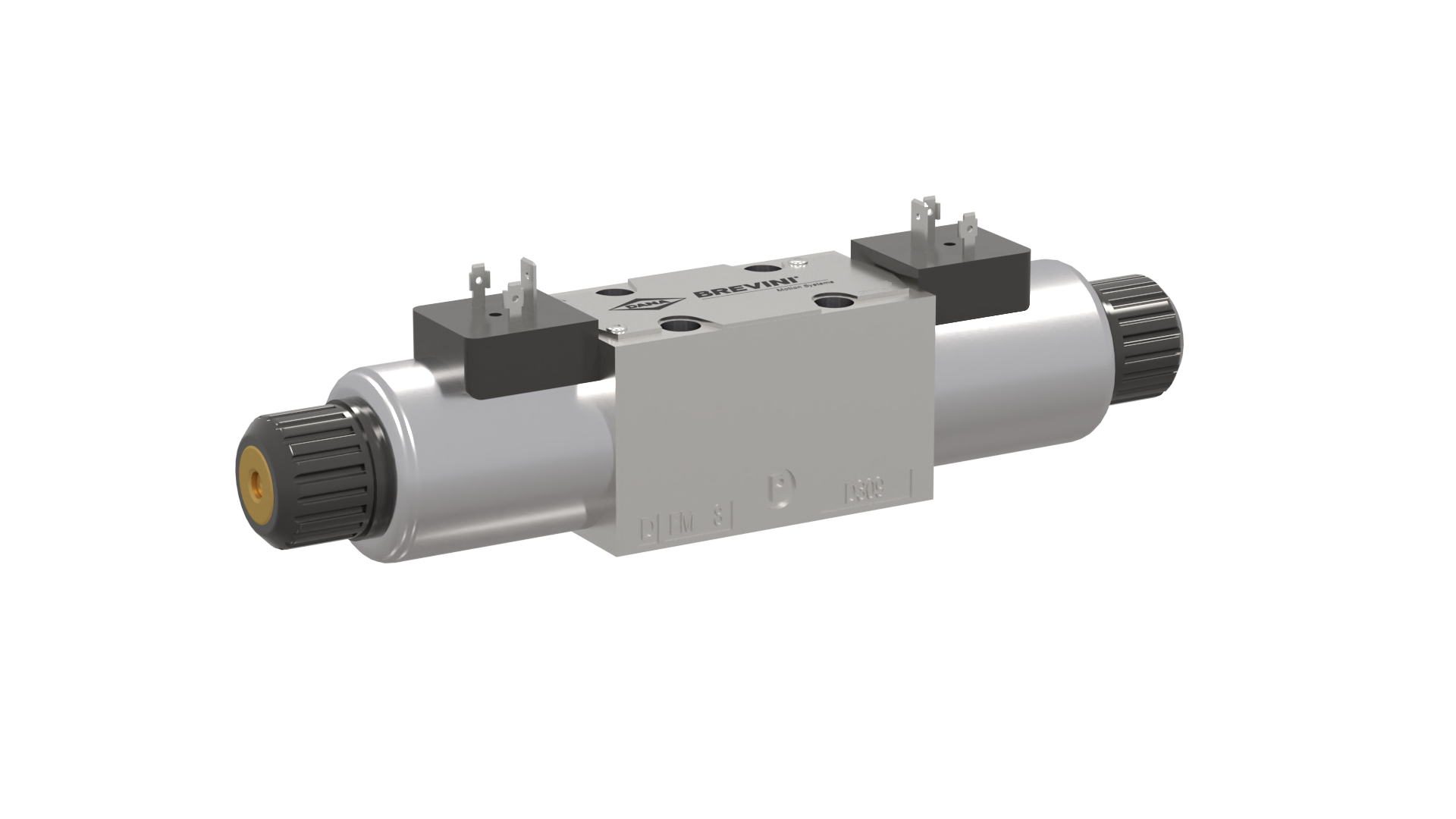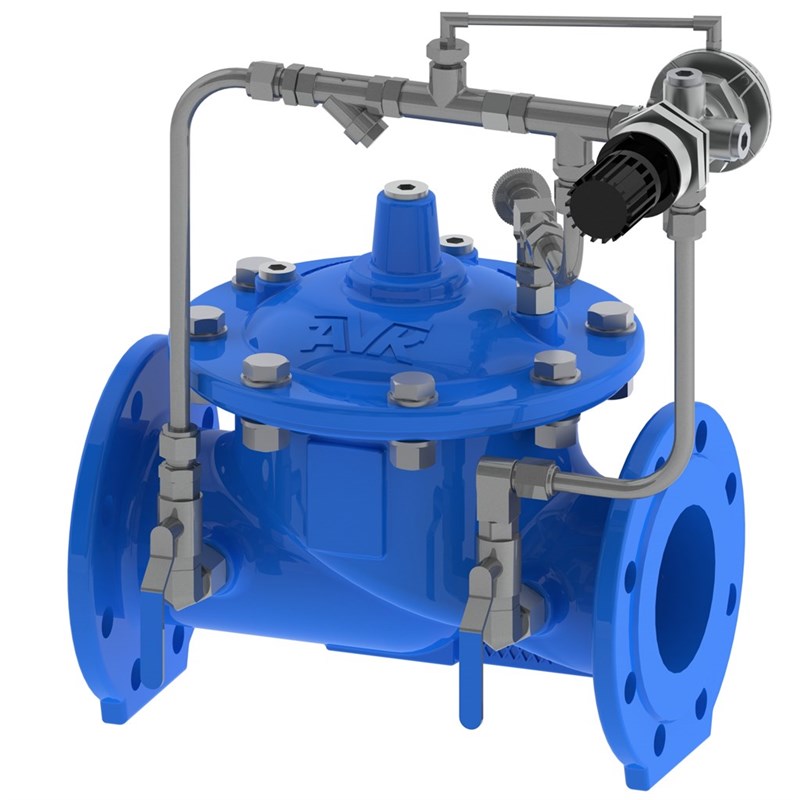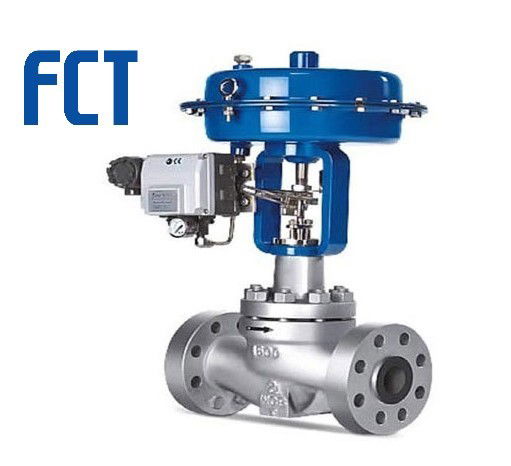
Maximize Power Cost Savings and Comfort With Advanced Structure Automation Controls
In the realm of modern-day architecture and facility administration, the assimilation of advanced building automation regulates stands as a pivotal improvement. By utilizing the power of automation, structures can adapt, respond, and progress in means that were once unimaginable.
Energy Efficiency Benefits
Energy effectiveness benefits can dramatically minimize energy usage and operational costs in buildings. Energy-efficient systems, such as sophisticated building automation controls, can optimize the usage of sources like illumination, home heating, and air conditioning, leading to reduced energy expenses over time.
In addition, enhanced energy performance can extend the life-span of building equipment and systems. By operating a lot more effectively, heating and cooling systems, lighting fixture, and various other structure elements experience less deterioration, resulting in reduced upkeep and replacement prices. Additionally, energy-efficient buildings frequently regulate greater residential property worths and rental rates, supplying lasting financial benefits to proprietors.
Additionally, energy effectiveness can enhance owner comfort and productivity. Appropriately controlled indoor environments with optimum illumination and thermal problems develop an even more conducive and pleasant work area, leading to improved worker complete satisfaction and efficiency. On the whole, the power efficiency benefits connected with innovative building automation controls are complex, including price savings, ecological stewardship, and passenger health.
Boosted Convenience Control
Enhancing convenience control in building environments calls for a sophisticated integration of sophisticated automation systems for optimal owner wellness. By utilizing advanced structure automation controls, facilities can tailor the interior environment to fulfill the certain demands and preferences of residents. control valves.
By including these advanced controls, structures can not just enhance comfort yet also enhance power efficiency by enhancing system procedures based on actual occupancy and use patterns. Inevitably, prioritizing resident convenience via advanced automation systems leads to a more pleasurable and much healthier indoor setting.
Operational Effectiveness Improvements

In addition, the implementation of real-time tracking and analytics devices makes it possible for building operators to determine power inefficiencies and operational anomalies promptly. By continually keeping track of power use patterns and system efficiency metrics, adjustments can be made in real-time to enhance energy usage and make certain peak functional efficiency. control valves. Additionally, integrating need reaction strategies into building automation controls can additionally boost functional performance by dynamically readjusting power use based upon grid problems and prices signals
Indoor Environment Optimization
Effective interior environment optimization is a basic facet of structure automation controls, making certain owners' comfort and health while optimizing power cost savings. By making use of advanced sensors and controls, constructing automation systems can continually monitor and adjust temperature level, moisture levels, air high quality, and ventilation to create an optimum indoor environment. Maintaining consistent and comfy problems not just improves resident fulfillment but also increases productivity and total wellness.
Interior climate optimization also plays an essential function in power effectiveness. By fine-tuning home heating, ventilation, and cooling systems based upon real-time data and tenancy patterns, constructing automation controls can dramatically minimize energy consumption - control valves. As an example, applying methods such as demand-controlled ventilation and thermal zoning can assist minimize energy waste while making certain that each area of the structure receives the needed conditioning.

Sustainable Setting Production
Building automation controls not just enhance indoor environment conditions for energy performance and owner comfort but also lay the foundation for producing a sustainable setting with tactical management of resources and systems. By incorporating innovative structure automation technologies, such as sensing units, actuators, and intelligent software program, facilities can check and change energy use in real-time to lessen waste and lower their carbon footprint. These systems make it possible for predictive upkeep, identifying prospective problems prior to they rise and look at this site optimizing devices efficiency to improve long life and efficiency.
In addition, sustainable environment production extends past energy administration to encompass water conservation, waste decrease, and indoor air high quality improvement. Building automation controls can manage water usage, find leakages, and guarantee correct waste disposal methods, adding to total sustainability initiatives. In addition, by keeping track of and regulating air flow and filtering systems, these modern technologies enhance resident wellness browse around this web-site and performance while decreasing energy usage linked with heating and cooling operations.
Conclusion
In conclusion, advanced building automation manages deal substantial advantages in regards to energy savings, comfort control, operational effectiveness, interior environment optimization, and producing a sustainable setting. By executing these controls, buildings can accomplish ideal efficiency while lowering power usage and improving resident convenience. It is obvious that the usage of innovative automation modern technology is important in improving structure performance and creating a much more sustainable future.
Energy effectiveness benefits can considerably lower energy intake and operational prices in structures. On the whole, the power performance benefits associated with advanced building automation controls are complex, encompassing price savings, environmental stewardship, and occupant well-being.
Furthermore, incorporating demand response strategies right into building automation controls can further boost functional performance by dynamically visit the site adjusting power usage based on grid conditions and pricing signals.
Building automation manages not only maximize interior climate conditions for energy efficiency and passenger comfort yet likewise lay the structure for producing a lasting environment through strategic administration of systems and sources.In conclusion, advanced building automation regulates deal substantial benefits in terms of energy financial savings, comfort control, functional efficiency, interior climate optimization, and producing a lasting atmosphere.
Comments on “Enhancing Operational Performance with Advanced Control Valves”